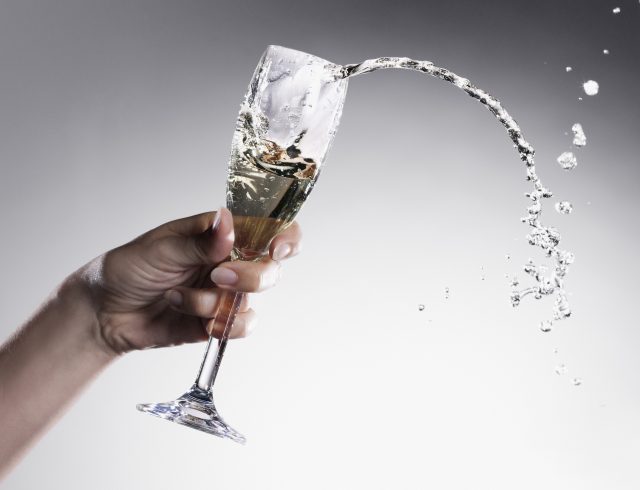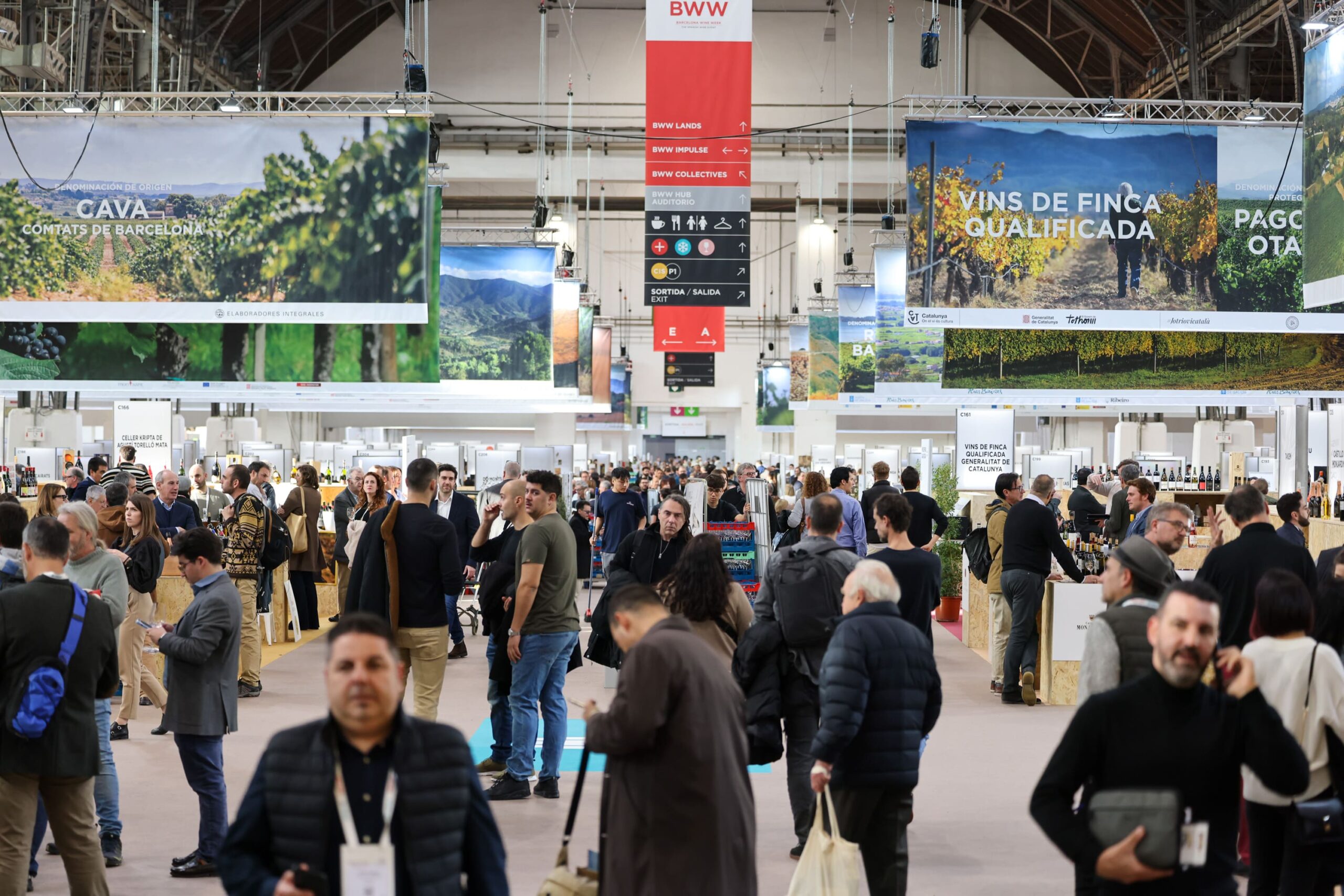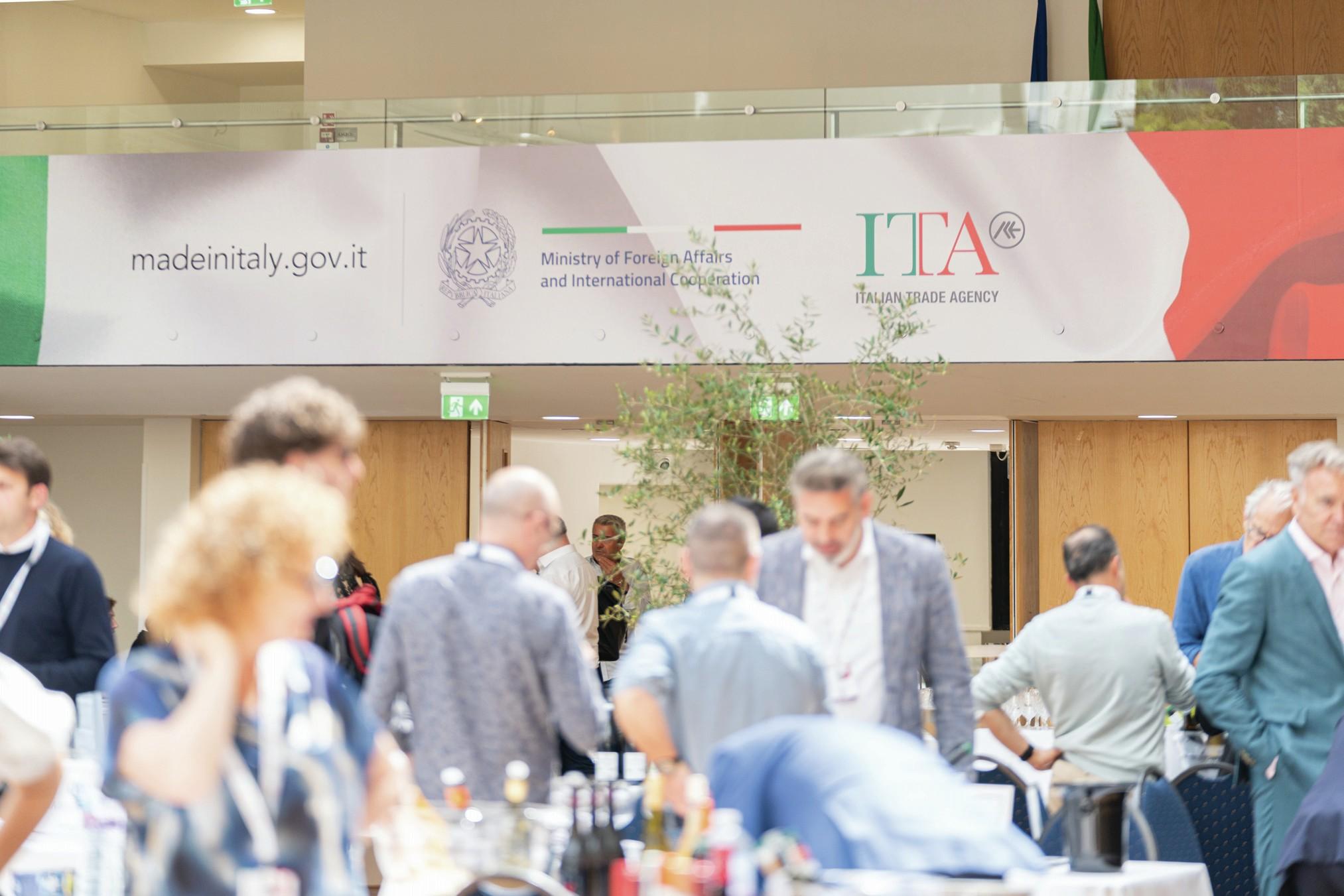Drinks division weakest performer in LVMH first quarter sales
On the face of it, LVMH sales in the first three months of 2023 herald a return of the good times. Yet of all the luxury company’s interests, its drinks arm Moët Hennessy showed the least impressive results.

The rise of 17% in organic revenue to €21 billion compared with the same period a year ago was double analysts’ expectations and shares in Europe’s most valuable company jumped to a record high.
Little wonder that chairman and chief executive Bernard Arnault hailed the figures as “an excellent start to the year.”
LVMH shares have doubled in value in the past three years, propelling Arnault, who owns approximately half of the group, into the unchallenged top spot as the world’s richest man, worth some US$200 billion.
Key to the spectacular results was Asia where sales grew by 14% compared with a fall of 8% in the final three months of 2022, when China remained under anti-Covid restrictions.
While LVMH declined to provide a breakdown on its results in the People’s Republic (but was keen to highlight that Japan was up 34%) , there is little doubt that it was a prime driver in the quarter given that China accounts for about 80% of LVMH’s activity in Asia.
“We’re definitely out of the zero-Covid period now. The page has turned,” LVMH chief financial officer Jean-Jacques Guiony told the Financial Times. “We expect this to continue, and we are very optimistic about the normalisation of the Chinese market.”
The group said it expected China to drive growth in the rest of 2023.
The lion’s share of the global sales growth came from fashion and leather goods, the company’s largest division, and retailing where the DFS duty-free empire benefited from the continuing recovery in global travel.
Weakest performer
However, the drinks division, Moët Hennessy, was the weakest performer, where sales improved by just 3% over the first three months of this year compared with last.
Further premiumisation of the Champagne marques pushed revenues ahead by 14%, but Hennessy Cognac and other spirits saw sales fall by 5% over the same period.
LVMH said that Cognac volumes were down due to the “softer” US economic environment and high inventory levels.
LVMH total sales in the US grew by 8% in the quarter, more than analysts had expected, but Guiony said most of that growth was down to its less exclusive Sephora retail chain of beauty stores rather than people rushing out to buy fizz.
“For the rest, the business is slowing down a bit,” he said, confirming suspicions that resistance to price rises is becoming a factor in the US economy. “Maybe interest rate rises are taking their toll on spending,”
Partner Content
That is significant as a string of drinks group chief executives have gone out on a limb recently to insist that they had yet to experience any noticeable trading down in the face of aggressive price rises imposed on the consumer to protect margins.
Earlier this month Bill Newlands, chief executive of Constellation Brands, noted that demand for the company’s “mainstream brands” [largely beers] has been lower but “nevertheless consumers are seeking more premium-priced products”.
So Moet Hennessy’s numbers are troublesome because not only do the LVMH comments point to a deceleration in US spirit sales growth but there are other signs that the post-covid spending spree is beginning to slow.
Credit card data from giant US bank Citi showed that luxury spending in March fell to the lowest monthly rate in nearly three years, down 18% as fewer people splashed out on high-end goods.
Younger shoppers, who drew on savings during lockdowns, are now under more pressure from rising prices than older generations with higher incomes, Citi analysts said.
For premium drinks companies, that is a concern. The US is their largest single market and the most profitable.
For instance, it comprised 37% of Diageo’s net sales in the six months to last Christmas and 28% of Pernod Ricard’s.
When it reports figures later this month, no doubt Rémy Cointreau will reflect the upturn in China, where it leads the market for premium imported spirits through its Rémy Martin stable of Cognacs.
At the same time, however, analysts will look closely at its trading in North America and its predictions for the remainder of this year. Signs of sluggishness will impact on sentiment to the whole spirits sector.
Related news
The Castel Group rocked by Succession-style family rift




